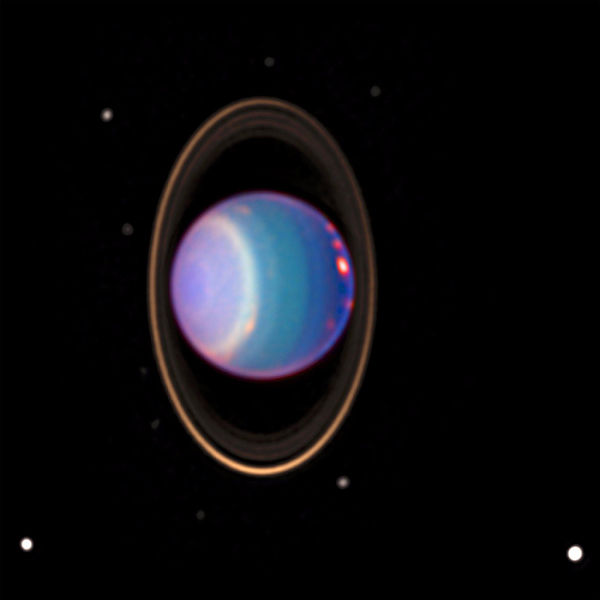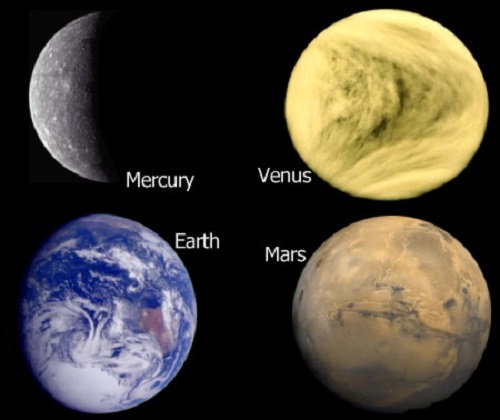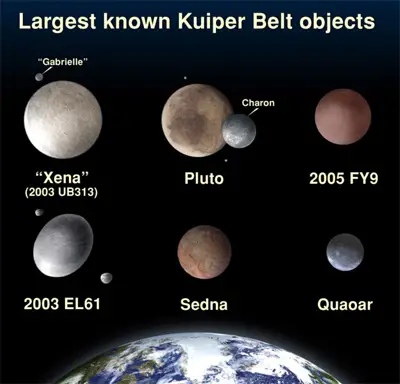
Why Does Uranus spin on its Side?
Uranus rotates along its side with its poles lying in the same plane as that of solar system and appears like drum rolling around the sun instead of a rotating top. Unlike other planets Venus and Uranus rotate in clockwise direction. But Uranus is observed to be rotating parallel to the plane of the solar system. This planet has its tip on its sides unlike other planets and this position was believed to be due to the collision with another planet like body in the history of solar system.
One of the main reasons behind this abnormal position of Uranus is observed by Voyager2. It revealed that the tilting of the planet is because of the change in position of the magnetic field tail tilted sixty degrees from the axis of rotation of the planet. Due to the unusual rotation of the planet the tail of the magnetic field is known to be shifted to below the planet attaining the shape of a bottle cork. The source of the magnetic field is known to arise from the electric currents generated from the molten cores.
Many people say that the tilt in the Uranus due to any other meteor or celestial body hitting the planet is not of that significance. Because, Uranus is filled with gases and it is not possible for a celestial body to devastate the total planet out of its shape when it hits Uranus. The body can only pass through it and destroy the gaseous distribution and probably may cause some more destruction but not very much. Then this theory of hitting the planet might not be correct. Some say that the other reason might be the moons of Uranus are pushed almost to the one side of the planet. They are existing as if they are correctly placed around the planet if it is in normal position. So the magnetosphere appears to be dragging the planet towards the original axis and hence remains in the middle of the tilt and the original axis of the planet. This might be the reason for Uranus spinning on its side.












Leave a Reply